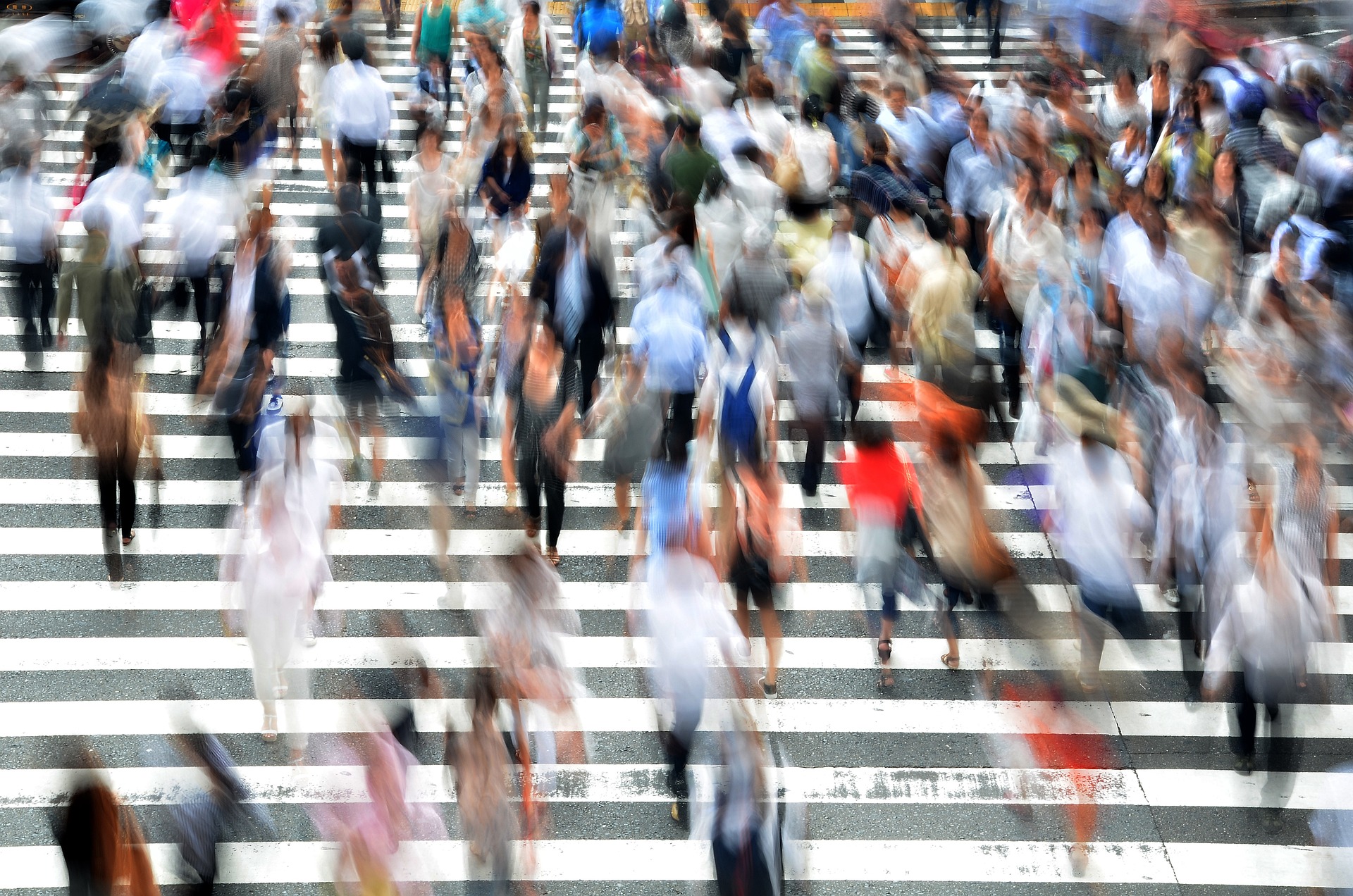Reimagining the Role of Art in Social Transformation
Introduction: Art has always been a powerful tool for personal expression and societal commentary. But in today's fast-paced world, how does it shape our social reality? Read below as we delve into the fascinating intersection of art, society, and change.

Art: A Historical Perspective
From the earliest cave paintings to contemporary digital installations, art has been a mirror to society, capturing the essence of human existence. It has reflected historical events, societal norms, cultural values, and personal emotions. Art has not just been a mere observer but also a catalyst for change, pushing boundaries, and challenging conventions.
The Changing Canvas of Society
Fast-forward to the 21st century, where our societal fabric is woven with threads of technology, globalization, and diversity. We live in an era of constant change and flux, where social structures are continually being redefined. In this shifting landscape, art is evolving too. Through various mediums - from murals to memes, artists are responding to the world around them in innovative ways, actuating a dynamic dialogue between art and society.
The Power of Art in Social Movements
Consider the role of art in social movements. From the civil rights era’s protest songs to the iconic imagery of the recent Black Lives Matter movement, art has been instrumental in conveying powerful messages, rallying support, and fostering a sense of collective identity. It creates a shared language that transcends geographical and cultural barriers, uniting people towards a common cause.
The Societal Impact: Art as a Catalyst for Change
Art’s influence extends far beyond mere representation. It has the power to challenge established norms, stir emotions, and provoke thought. By presenting alternative perspectives, it encourages us to question our assumptions and view the world through a different lens. This can lead to awareness, dialogue, and even social change. For instance, climate change art has been pivotal in raising awareness about environmental issues, prompting individuals and institutions to take action.
The Future of Art in Society: A New Narrative
As we move forward, the role of art in society is likely to continue evolving. With the rise of digital platforms and social media, artists now have unprecedented access to global audiences. This democratization of art presents exciting opportunities for social engagement and transformation. We can expect art to play an increasingly significant role in shaping our societal narrative, helping us navigate our collective journey towards a more inclusive, empathetic, and sustainable world.
In conclusion, art, in its myriad forms, is not just a reflection of society but a powerful agent of social transformation. By challenging norms, provoking thought, and fostering dialogue, it contributes to the continuous evolution of our social landscape. As we navigate the complexities of the 21st century, art will continue to be our compass, guiding us towards a deeper understanding of ourselves and the world around us.




